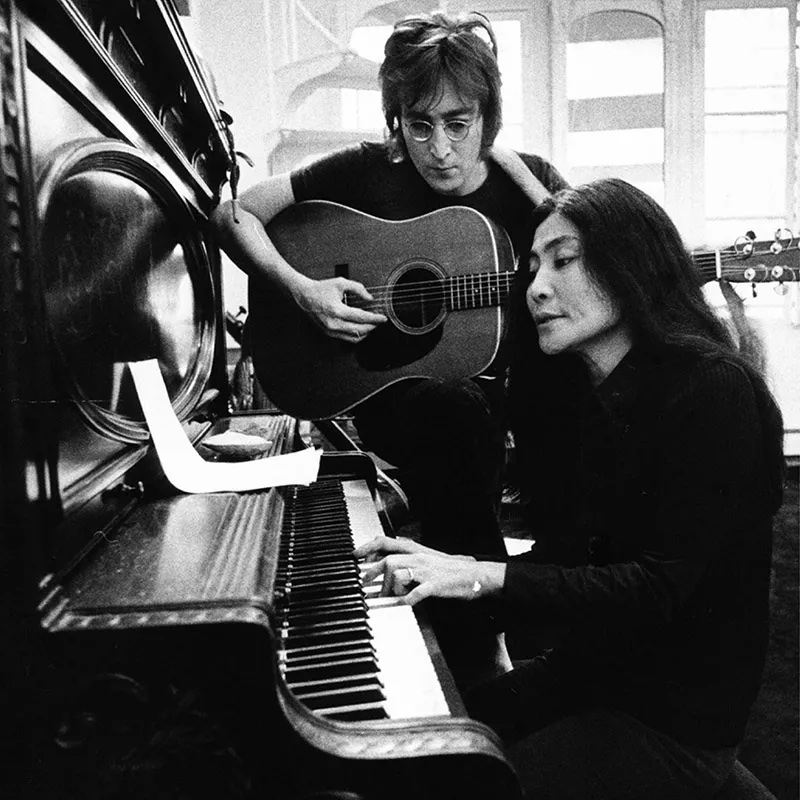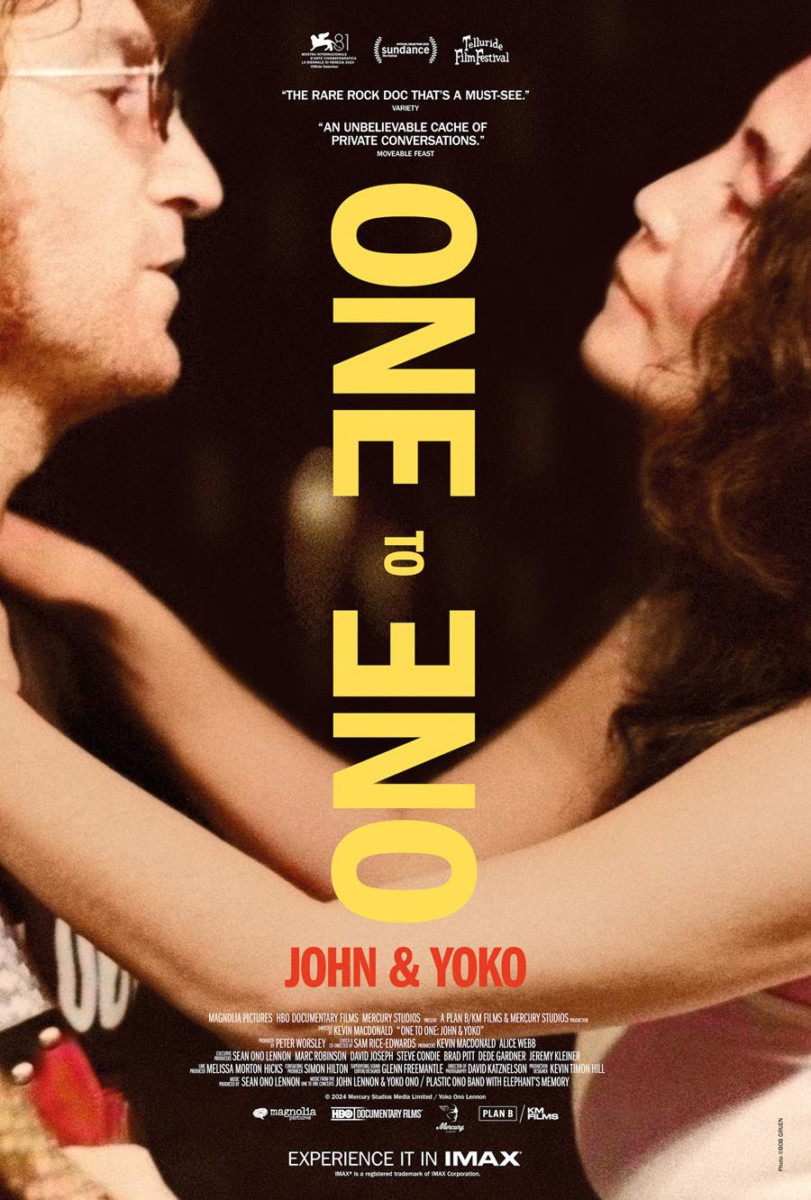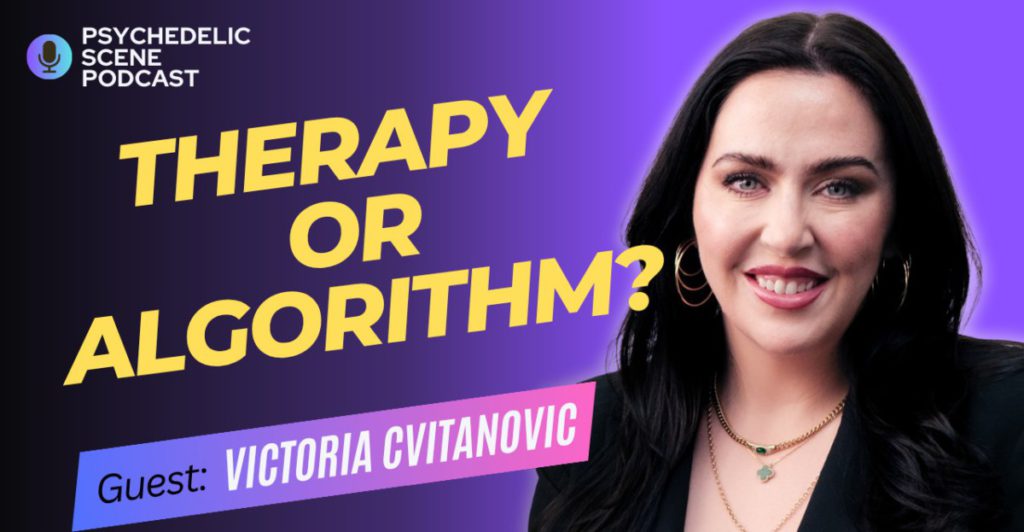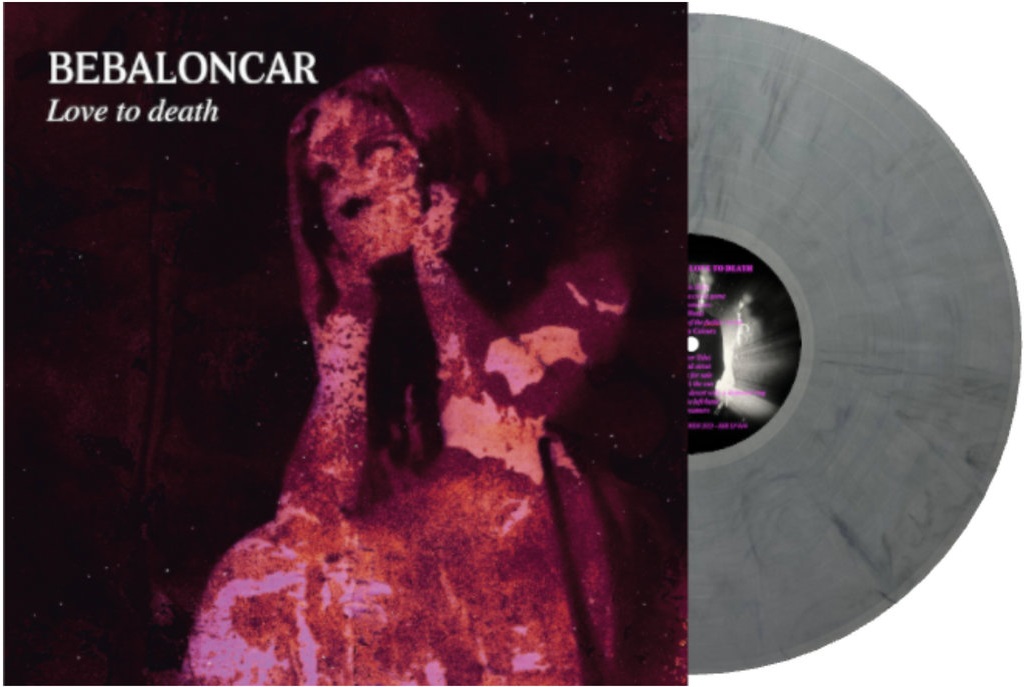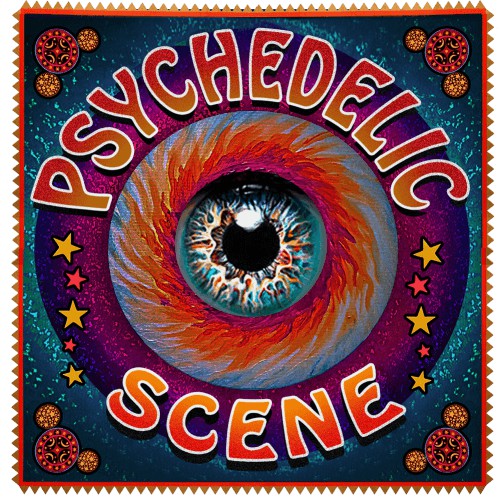ONE TO ONE: JOHN & YOKO
ONE TO ONE: JOHN & YOKO
Directed by Kevin Macdonald & Sam Rice-Edwards, 2024
This new documentary has a treasure trove of archival audio and video clips of a pivotal transitional period in Lennon & Ono’s lives. Focusing on the 18 months between John & Yoko moving to New York City and the beginning of John’s “Lost Weekend” in LA, the film provides abundant context to this period, while also shining a light on Lennon and Ono’s flirtation with leftist politics and the counterculture.
One of the most remarkable things about the five years between The Beatles ending and Lennon’s “retirement” after the birth of his son Sean, is how well-documented it was. John & Yoko filmed almost everything they did, using Lennon’s celebrity and Ono’s notoriety (as well as her
John & Yoko filmed almost everything they did, using Lennon’s celebrity and Ono’s notoriety to create events to spread their message of Peace & Love.
experience with the avant-garde Fluxus art movement) to create events to spread their message of Peace & Love, and from the beginning, their relationship was as much of a long-running performance art piece as it was a love story.
Two framing devices are utilized in the film to tell this story: the One to One benefit concert Lennon and Ono spearheaded, a one-night event to raise money for disabled children at the Willowbrook State School in upstate New York. Footage and performances from the show are woven into the film’s collage-style approach, which vaguely mimics the effect of changing channels, back when there were only three networks and a monolithic culture.
Ben Ross
The second framing device the filmmakers use is a technique familiar to fans of The Beatles Anthology, where a location (in One to One’s case, it’s the Bank Street apartment John & Yoko had in Greenwich Village before they moved uptown to the Dakota) is recreated and the camera lingers over the space.
I loved the attention to detail, down to the overflowing ashtrays and TV setup. Editor Rice-Edwards, credited as co-director, in addition to incorporating all the couple’s media appearances, also incorporates snippets of TV programs, news broadcasts, and commercials to give a sense of what was happening in the culture at that time. This context is relevant; it was a news report by none other than Geraldo Rivera about the deplorable conditions in Willowbrook that spurred them to organize the concert.
RELATED: John Lennon’s Lysergic Transformation
Fascinating audio of phone conversations, including the clicks and whirs of the FBI’s bugging, reveals Lennon as earnest, focused, and trying to use his celebrity as a force for social change. The film documents how the couple embraced firebrand yippie leaders Abbie Hoffman and Jerry Rubin, and even planned a tour where they would use the proceeds to pay outstanding bail for prisoners. It also documents their falling out, after a planning discussion regarding disrupting the Republican Convention horrified Lennon, who was already skeptical of the counterculture because of its rampant misogyny. He mentions in a phone call, “Where are the women of this movement? Why isn’t Mrs. Hoffman, or Mrs. Rubin in on this?”. Against this tumultuous backdrop, there was also Lennon’s battle to get permanent residency after Nixon’s government tried to deport him. Additionally, Nixon’s own re-election that year (it’s stunning to remember that Nixon won 49 states against McGovern) and his infamous resignation 18 months later are also relevant context.
The film has no narration and a limited amount of on-screen text. The archival footage is absolutely fascinating, and the concert performances are strong. There isn’t an aspect of the documentary that could be defined as “psychedelic”, but I didn’t expect it to be. If I have a quibble, it is with what was left out. While there is copious footage of the concert itself, there is no mention or even acknowledgment of Elephant’s Memory, the unsung NYC band that was Lennon’s backing group and, while several songs are featured, there is almost no mention of the album Some Time in New York City. The couple’s search for Yoko’s daughter Kyoko is included, but there is nothing in the film about Lennon’s son Julian.
The film, however, is absorbing, fascinating, and a valuable account of a specific time that often gets glossed over. I appreciated the footage and inclusion of peripheral figures like John Sinclair (Detroit hippie activist and manager of the MC5 sentenced to 10 years for allegedly trying to sell
The film is absorbing, fascinating, and a valuable account of a specific time that often gets glossed over.
two joints to an undercover cop), whom John and Yoko wrote a song about. Allen Klein and May Pang are featured along with several conversations with veteran journalist Howard Smith, as well as NYC kook David Peel, who is name-checked in the “New York City” song. I lived in NYC in the 1990s, and David was still around then, playing his acoustic guitar on MacDougal Street and interacting with anyone who approached him. I did that one afternoon, and we shared a joint while he led the assembled group in a singalong of “Give Peace a Chance”.
Personal anecdotes aside, the film is a well-crafted time capsule of the period it covers and is an excellent companion piece to David Leaf’s 2006 documentary The US vs John Lennon. While a certain familiarity with John and Yoko helps to understand their actions, the film highlights how ahead of the curve both artists were–a fascinating document.
“One to One: John & Yoko” will be available in theaters on April 11th.
Gallery
Recent Articles
Podcast with guest Victoria Cvitanovic: Therapy or Algorithm?
•
November 21, 2025
Love To Death by Bebaloncar — new album review
•
November 18, 2025
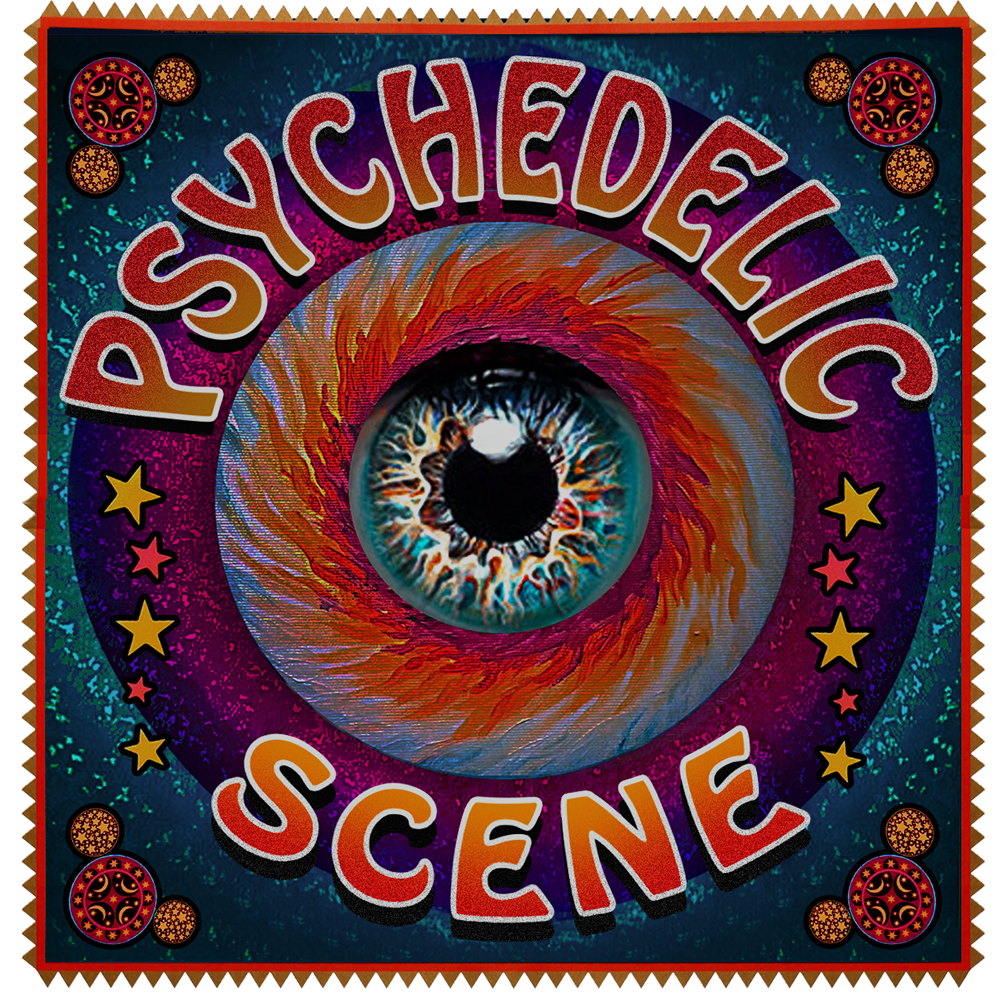
Loading...
Vinyl Relics: Things! by Merrell Fankhauser & HMS Bounty, and MU by MU
- Farmer John
